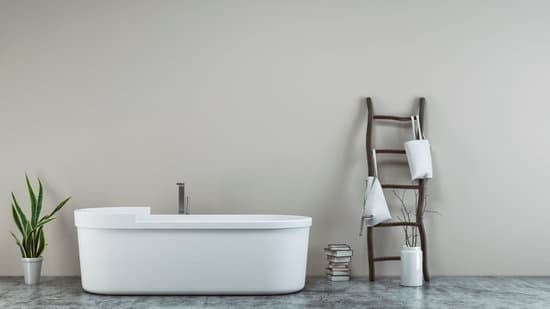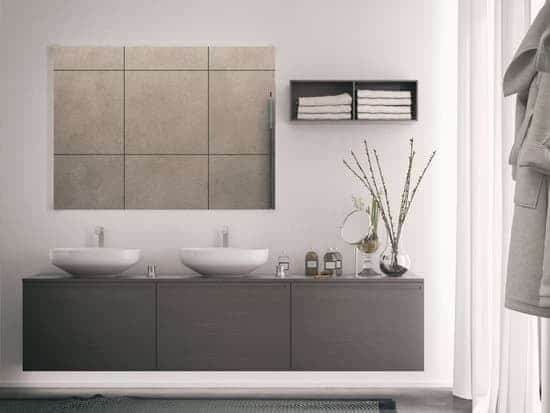Are you considering adding a half bath to your home but unsure if it’s worth the investment? Look no further! In this article, we’ll explore how much value a half bath can add to your property. Discover the factors that affect its value, such as increased convenience and functionality, potential return on investment, and its appeal to potential buyers. Before making any decisions, make sure to consider all the important factors. Let’s dive in!
Factors Affecting the Value of a Half Bath
The value of a half bath can be affected by various factors. When it comes to space optimization, having a half bath can be incredibly beneficial. It allows you to maximize the use of your available space by adding an extra bathroom without taking up too much room. This is especially important for homes with limited square footage.
In terms of cost effectiveness, a half bath can also add value. Adding a full bathroom can be quite expensive, requiring plumbing and construction work. On the other hand, installing a half bath is generally more affordable and requires fewer resources.
Overall, having a half bath can greatly enhance the value of your home. It provides convenience and functionality while being mindful of space and budget constraints. So if you’re looking to increase your home’s value without breaking the bank, consider adding or updating a half bath.
Increased Convenience and Functionality
You’ll love the convenience and added functionality that a half bath brings to your home. With an additional bathroom space, you can increase the utilization of your living area. No longer will you have to wait in line for the main bathroom when guests are over or during busy mornings. Having a half bath allows for smoother traffic flow and ensures everyone’s needs are met promptly.
Furthermore, ease of maintenance is another benefit of having a half bath. With less square footage to clean, it becomes much easier to keep this space tidy and sparkling. You’ll spend less time scrubbing and more time enjoying your home.
Investing in a half bath not only increases convenience but also enhances safety by reducing overcrowding in shared bathrooms. Don’t miss out on this valuable addition that improves both functionality and peace of mind in your household.
Potential Return on Investment
Investing in a half bath can potentially provide a high return on investment. Adding this additional bathroom to your home not only increases convenience and functionality, but it also has the potential to significantly impact your property value.
When considering the potential cost of adding a half bath, it’s important to weigh it against the potential increase in property value. On average, adding a half bath can increase your home’s value by about 10%. This means that if you invest $5,000 in adding a half bath, you could potentially see an increase in your property value of $50,000 or more.
Adding a half bath can be especially beneficial for those who desire safety in their homes. With an extra bathroom available on the main floor, there is less need for individuals to navigate stairs or long hallways to access a bathroom quickly.
Overall, investing in a half bath has the potential to provide both financial benefits and increased safety for homeowners.
Appeal to Potential Buyers
Adding an additional bathroom to your home can greatly enhance its appeal to potential buyers. When it comes to selling your house, having a half bath can make a significant difference in both the potential resale value and buyer preferences. Buyers often prioritize homes with multiple bathrooms as it offers more convenience and privacy for their families. A half bath provides an extra space for guests or family members to freshen up without intruding on personal areas. It also alleviates congestion in the main bathroom during busy mornings or gatherings. Moreover, having a half bath demonstrates that you have considered the needs of future homeowners, making them feel safer and more comfortable in their decision to purchase your property. So, if you’re looking to add value and attract potential buyers, consider investing in a half bath renovation today!
Considerations Before Adding a Half Bath
Before deciding to incorporate a half bath into your home, it’s important to consider various factors and potential challenges. Here are some key things to keep in mind:
- Cost considerations: Adding a half bath can be a significant investment. You’ll need to factor in the cost of materials, labor, and any necessary plumbing work.
- Space requirements: Half baths typically require around 18 square feet of space. Make sure you have enough room available before committing to this project.
- Plumbing challenges: Depending on the layout of your home, adding a half bath may require rerouting or extending existing plumbing lines. This can add complexity and cost to the project.
- Permits and regulations: Before starting any construction, check with your local authorities about permits and building codes that may apply.
By carefully considering these aspects, you can make an informed decision about whether adding a half bath is right for your home.
Conclusion
So, if you’re considering adding a half bath to your home, it’s definitely worth it! The value that a half bath can add is significant, both in terms of convenience and potential return on investment. Not only does it make your daily routine easier by providing an extra bathroom option, but it also appeals to potential buyers when the time comes to sell your home. Just be sure to carefully consider the layout and space available before making any decisions.






